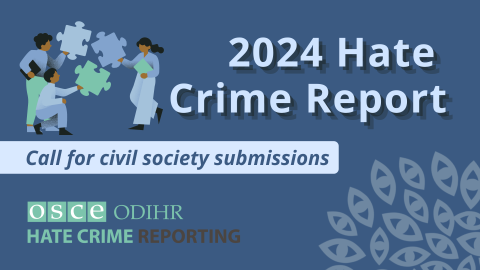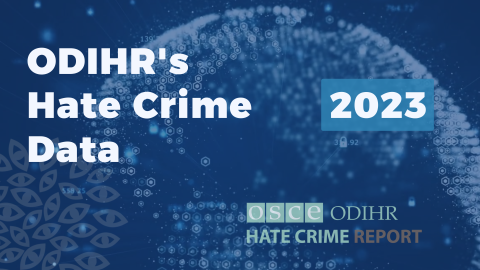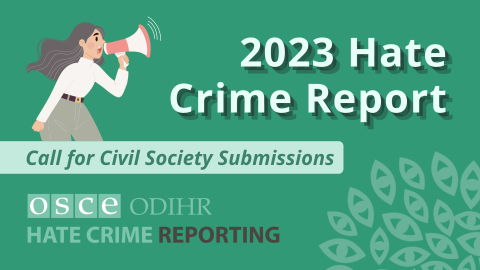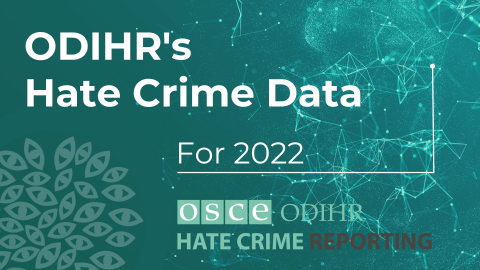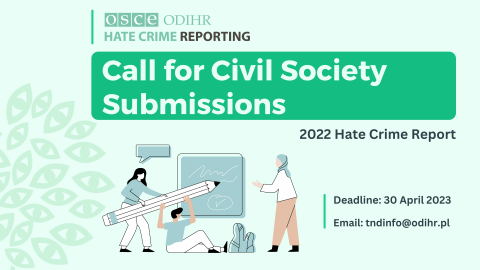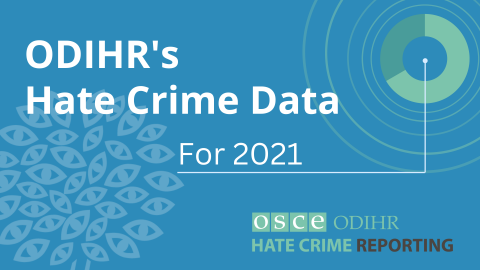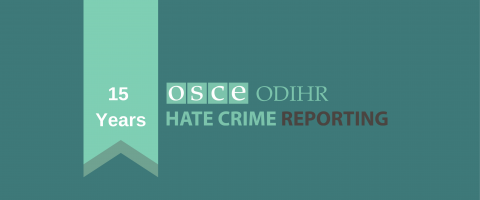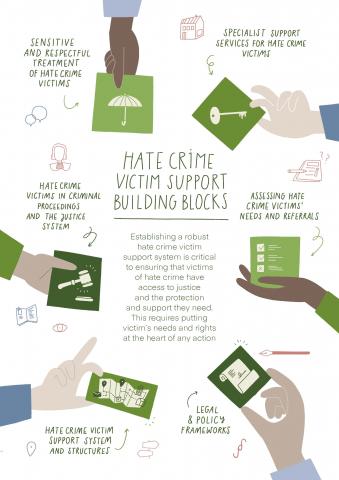Collecting data to address hate crime
This website presents hate crime data and information submitted by the 57 participating States of the Organization for Security and Co-operation in Europe (OSCE), alongside incidents and data submitted by civil society and international organizations. The OSCE's Office for Democratic Institutions and Human Rights (ODIHR) publishes the data each year on 16 November – International Tolerance Day.
Data collection is the first step in efforts to address hate crime, and allows for targeted policies and customized support for victims.
What is hate crime
Hate crimes are criminal acts motivated by bias or prejudice towards particular groups of people. Hate crimes comprise two elements: a criminal offence and a bias motivation.
A hate crime has taken place when a perpetrator has intentionally targeted an individual or property because of one or more identity traits or expressed hostility towards these identity traits during the crime.
People or property associated with – or even perceived to be a member of – a group that shares an identity trait can also be targets of hate crimes, such as human rights defenders, community centers, or places of worship.
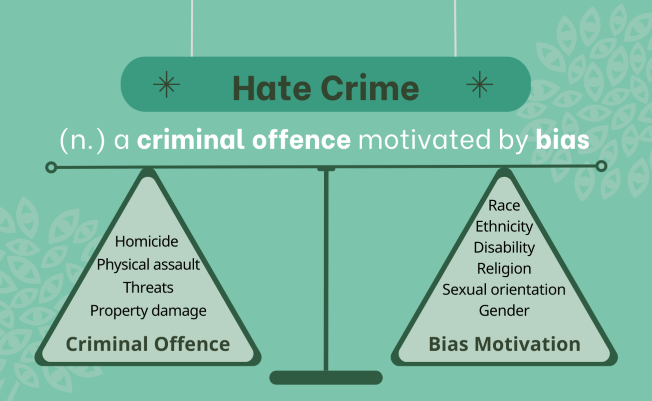
Bias motivations included in ODIHR’s reporting
Bias motivations can be defined as prejudice, intolerance or hatred directed at a particular group sharing a common identity trait, such as race, ethnicity, language, religion, nationality, sexual orientation, disability, gender or any other identity traits.
ODIHR reports on the following bias motivations in line with its mandate and official reporting by the OSCE’s 57 participating States:
